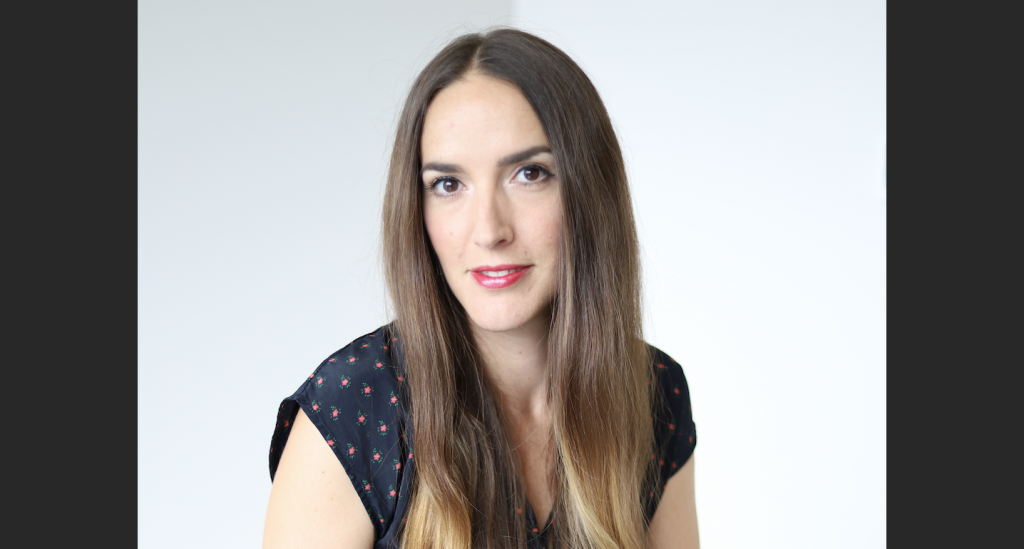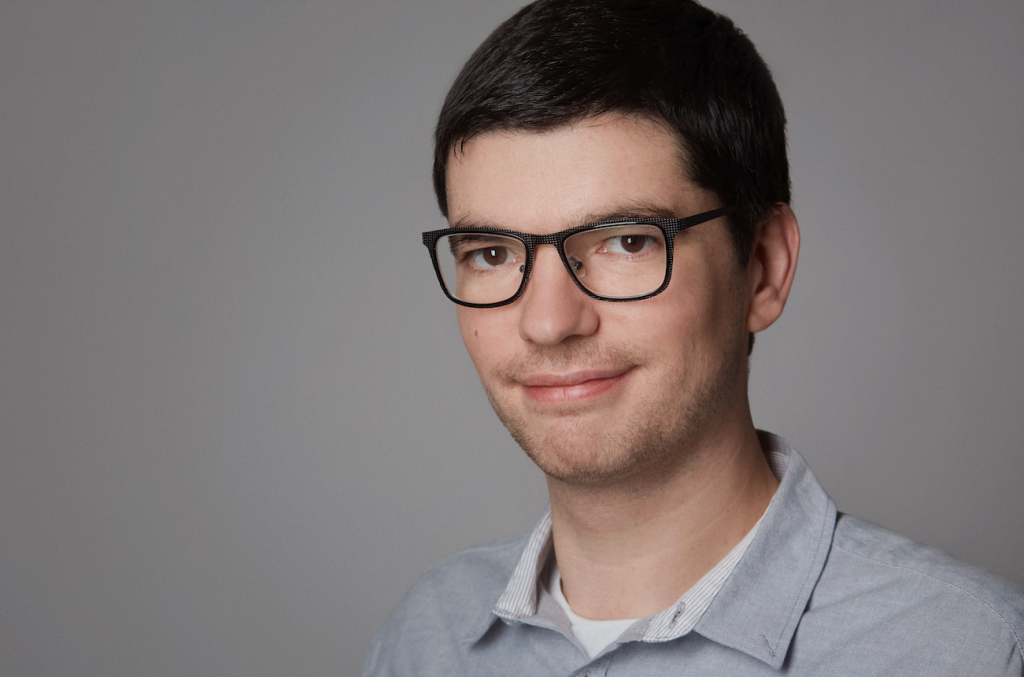Interview with Laetitia Jallais, executive director of the pan-Canadian agency bicom and expert on Influencer marketing.
Hello Laetitia. What are the issues you see frequently at bicom regarding influencer marketing? It is indeed a discipline that is not so new but that is still in the process of maturing.
Laetitia Jallais: Exactly. We see a lot of clients or prospects who want to do it but don’t really understand how it works and what indicators to consider. We also see people/brands who are already running influencer marketing campaigns but are not able to explain the results to their management!
This is what we often hear from managers: “Yes, we want to do influencer marketing because we know we have to go in that direction. But we’ve already done a lot of tests and we haven’t been able to interpret the data to know what works and what doesn’t, or why we should go for this or that strategy. Which leaves a bit of a bittersweet feeling…
At the same time, some clients or prospects sometimes present us with influencer marketing reports in which they (or their partners at the time) took into account the number of views generated on a video in the calculation of the engagement rate and the Cost Per Engagement of their campaign (CPE, the cost per interaction/engagement).
It is well known that views cannot be considered as an engagement on video content. But when the client is not aware of this, we tell them what we want. For example, if we tell them that a $25 cost per thousand impression (CPM) is good, they have no reason not to believe it.
Influencers have often been taken to task following controversies in the media, which may have been detrimental to the entire industry. How mature is this discipline today?
L.J.: I would say that influencer marketing cannot be improvised. You can’t just decide to go in blindly. On the one hand, I always ask my clients what their campaign objectives are. You can pay an influencer $10,000 or $15,000, but you can’t ask them to go after brand awareness, sales, a 90% Canadian audience, a 5% engagement rate and a $0.05 CPV, all at the same time! It’s the equivalent of looking for a unicorn! It is always necessary to understand why you are embarking on this process and what your priorities are at the time, the campaign, the paid partnership….
That’s why the selection of influencers remains essential, according to precise objectives. If you don’t take the time to do it right, you increase the risk of campaigning with the wrong people. And as in any field, there are excellent content creators, very professional and efficient, and others who, when you scratch the surface and analyze the data, are a little less so.
What should you look at to choose the right person?
L.J.: The analysis should focus on the fit with a brand’s identity and values as well as on a few key indicators. Is his audience credible? Does its engagement rate make sense, for example?
It’s not the number of followers that you need to look at. An influencer can have 100,000 followers but a very low engagement rate, which will not bring anything to a brand. You have to know how to surround yourself with people who understand the subtleties and can count on people who are constantly monitoring. At bicom, we want our teams to monitor even profiles of creators we don’t work with (or not yet) but who are in industries that are relevant to our clients.
What are the specificities of influencer marketing?
L.J.: First of all, it’s a strategy that produces tangible results quickly. However, I started my career in public relations, so I’m in a good position to say that pure media does not replace influencer marketing and vice versa. In the best of worlds, I recommend running separate campaigns (traditional media and influencer marketing) at the same time because you don’t address the same target depending on the communication channel.
In the training, the objective will be to take a step back on what can be done in influencer marketing. But also to talk about measuring objectives in order to be able to conclude at the end if a campaign has been a success or not. And above all, to know how to analyze why.
One last word on the most popular platforms of the moment, TikTok and Instagram. What do you think about their respective evolutions?
L.J.: Since last year, all brands want to be on TikTok because they want to go viral. But you don’t become viral just like that! There are codes to understand, things to do and not to do. If TikTok was a kind of playground during the pandemic, we see that the social network is getting more and more organized and that advertising will (and is) becoming important in the long run.
For Instagram, we can see that there is a rivalry issue with TikTok, especially with the rise in power of short video formats, the Reels, even if Insta’s raison d’être has always been more photo than video. And we saw it recently with the modification of its algorithm to get closer to the one of TikTok… before progressively backing off following the protest of users (the Kardashian sisters in the lead) who were no longer seeing the content of their friends and people they were following. It feels like a race to the top, but when it comes to losing your identity, I think it’s to the detriment of the consumer.




